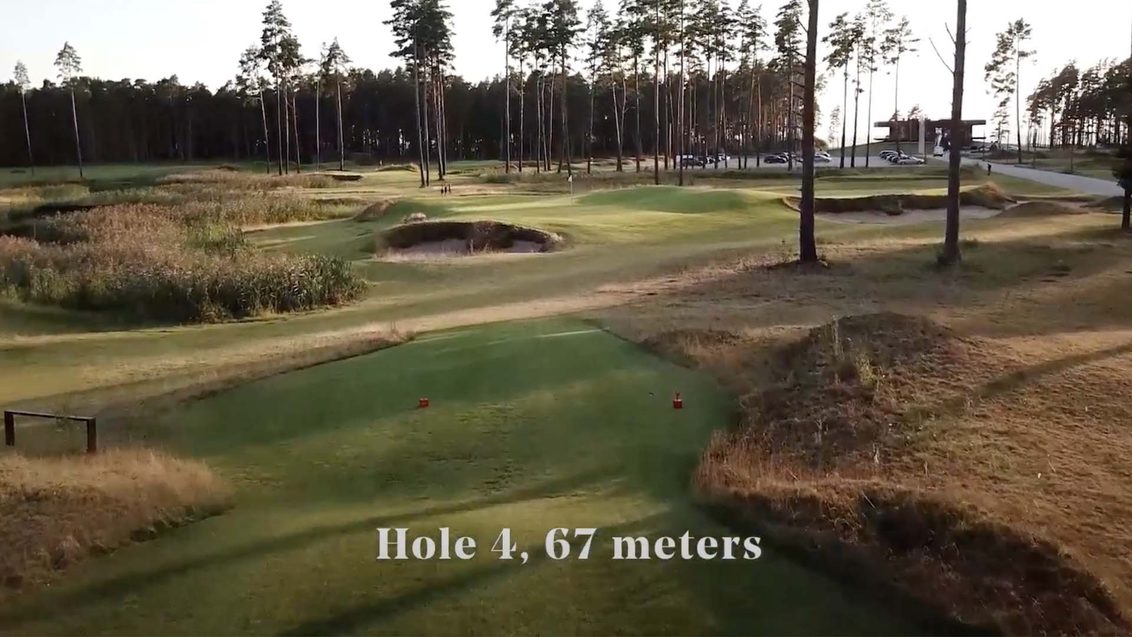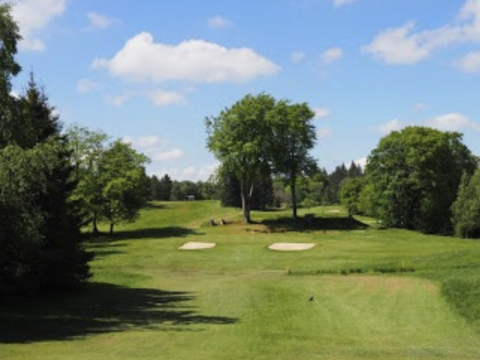Six-hole golf: the future?

As golf continues to battle urban redevelopment schemes and critics who say courses take up too much space, some designers are offering up an alternative.
Short courses, played over six holes, are gaining in popularity.
Tiger Woods and his design company have ventured into short courses, which also addresses another perennial golf issue: accessibility.
Woods’ ethos is based on his childhood and how golf was a) not supposed to be hard and b) fun.
Pachesham Golf Centre just south of London’s orbital M25 motorway converted their nine-hole layout into a six-hole venue in 2017 and two years later they said they were busier than ever.
Meanwhile Finnish designer Lassi Tilander, who works largely in his native country and Estonia with ventures in other smaller golfing nations, said for him the reason behind short course design was simple.
“You need to think of every golfer when you design. It has to be interesting enough for everyone,” he told Syngenta.
“There’s no rule about how many holes you have: it can be four, seven, five – everything is about fun. If the design is fun, then it’ll be fun to play.
“When I was young we played a five-hole loop at my course a lot. I didn’t think of myself as a designer back then but it left an impression on me, that the shorter loops were something nice. When I started as a designer it was an immediate idea in my mind.”
Tilander, like UK-based golf course expert and architect James Edwards, says conversations usually start around 18 holes but then he is ready and willing to propose a design with a difference.
Check every corner
“Most clients start with the 18-hole conversation, so it’s obvious I do the 18-hole option but I always look for areas on the specific land and whether I can fit in good practice facilities or even a six-hole or nine-hole course,” said Tilander.
“I try to find solutions if they want more. Even if they don’t ask, I try to find solutions. I try to check every corner, it’s like a game where you try to make the land you have as good as possible.”
Edwards has taken his innovative designs to Egypt while Tilander has worked in Georgia to create the country's first 18-hole venue above the capital Tbilisi – you would do well to find a better example of golf’s favourite slogan: grow the game.
Yet Edwards spoke in 2020 about the UK market – in comparison with the US market – being “stuck” with regards to change and non-traditional proposals. Tilander has voiced similar concerns.
“In Finland and Estonia golf culture is quite young, they really cannot see anything else other than the 18-hole version,” said Tilander.
“They are looking at golf like it has to be 18 holes and par 72. So it’s nice to bring something new to new areas.”
Finland has only really been playing the game for around half a century and is home to 141 courses, while Estonia have just nine courses.
Like the golfing world map however, attitudes are changing said Tilander.
“Slowly it’s getting through, the idea that it would be nice to not only play 18 holes. For example 20 years ago it would have been difficult to say to a client you are thinking about a six-hole course: they would have thought you were crazy.
“But today it’s totally different. That was the atmosphere here anyway 15-20 years ago, but nowadays people are more open to ideas.”


